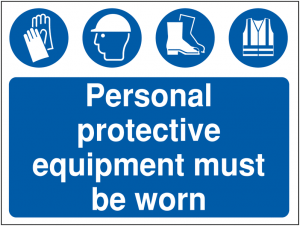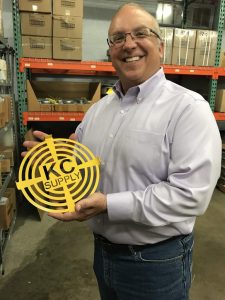Before you start bringing in the harvest, it’s worth it to take the time to prepare your grain bins by conducting a pre-harvest inspection. Preventative maintenance on grain bins can prevent a host of problems, from pest infestation to structural damage.

Making sure your grain bins are in tip-top shape can prevent a lot of frustration and lost time during harvest season. Follow this pre-harvest inspection checklist to help make sure your grain bins are in ideal condition for grain storage.
Clean Your Grain Bins Thoroughly
Old grain can cause mold growth and attract pests. Before you start bringing in the crop, make sure your grain bins are free from any trace of grain from the previous harvest season. You can do this with brooms, a vacuum, or a high-powered air hose. Avoid pressure washing as it creates moisture that can cause corrosion.
Clean the areas around grain bins. Mowing long grass and clearing shrubbery around grain bins discourages rodents from nesting nearby.
Clear the Vents
Clogged vents reduce airflow, causing your grain to take longer to dry. In addition, they can cause excessive pressure inside the bins, which can result in damage to the roof. Make sure to include in your pre-harvest inspection checklist the need to check your grain bins’ vents and clear away any debris that could cause clogs.
Check the Gearboxes
Make sure your grain bins’ gearboxes are well-lubricated and have proper oil levels. In addition, address any leaks you may find in the oil seals.
Inspect the Exterior
Go over your grain bins and seal any holes that can serve as entry points for rodents, insects, and moisture. Also, assess the walls and roof of your grain bins for bulges, missing bolts, and changes in shape, as these may indicate structural damage. It’s best to get repairs done as soon as you spot problems because the damage may worsen with daily operations of your grain bins, such as during loading and fan operation.
These are just some of the pre-harvest inspection steps you can take to make sure your grain bins are in tip-top shape. Are your grain bins ready for the harvest season? If not, come on over to KC Supply and get what you need in time for the season.






